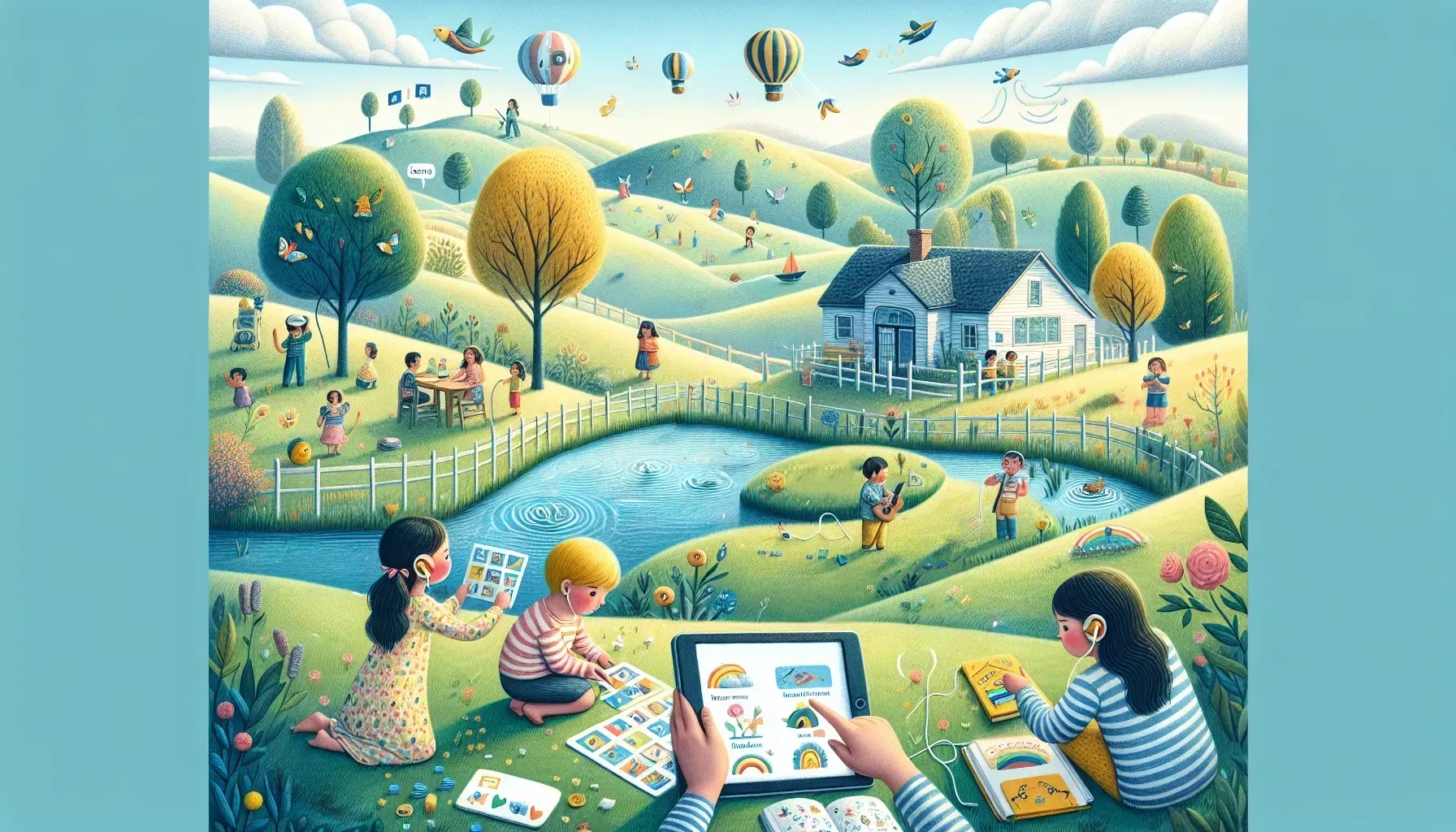Bridging the Bilingual Bridge at Home: Raising Multilingual Children

As a parent in the multicultural landscape of today's world, the decision to raise your child with multiple languages can be a gift that keeps on giving. Embracing the multilingual upbringing provides children with a unique skill set and an enriched worldview. In this article, EvaRealm Blog explores the transformative power of raising multilingual children, equipping parents with practical tips, tools, and strategies for nurturing a multilingual home environment.
The Gift of Languages: Advantages of a Multilingual Upbringing
Raising children to be bilingual or multilingual offers a multitude of advantages beyond just linguistic prowess. Studies have shown that multilingual individuals often exhibit enhanced cognitive abilities, including better problem-solving skills, improved multitasking capabilities, and heightened creativity. Furthermore, being proficient in multiple languages can open doors to diverse career opportunities in an increasingly globalized job market. It also fosters empathy and cultural understanding, enabling children to navigate different worldviews with ease and respect.
Practical Tips for Introducing New Languages in Daily Routines
Introducing a new language into daily routines can seem daunting, but with strategic integration, it can become an organic part of family life. Simple practices such as labeling household items with their respective names in different languages, creating bilingual reading corners filled with books in multiple languages, and incorporating multilingual songs and rhymes into playtime activities can effortlessly immerse children in the language learning process.
Related Article: Painting with Numbers: The Artistic Side of Math in Family Life
Multicultural Narratives: Enhancing Language Learning Through Stories
Storytelling serves as a powerful tool for nurturing language proficiency. Immersing children in diverse cultural narratives through books, folktales, and myths from around the world not only expands their linguistic repertoire but also fosters an appreciation for different cultures. By weaving multicultural narratives into daily readings, parents can ignite their children's curiosity while simultaneously fostering language development.
Technology as a Tool: Apps and Games that Promote Language Acquisition
In today's digital age, there is an abundance of interactive apps and games designed to facilitate language acquisition. Leveraging these resources can make language learning engaging and entertaining for children. From language learning apps that use gamification to educational games specifically designed to reinforce vocabulary and grammar, technology serves as an invaluable ally in nurturing multilingualism among children.
Related Article: At-Home Learning Reimagined: Augmented Reality Transforms Early Childhood Education
Overcoming Resistance: Motivating Kids to Embrace Language Learning
While introducing new languages, it is natural for children to encounter periods of resistance. Identifying their interests and aligning language learning with topics they are passionate about can make the process more enjoyable. Additionally, celebrating milestones and providing positive reinforcement can motivate children to embrace language learning as an exciting journey rather than a daunting task.
The Role of Schools and Communities in Supporting Multilingual Families
Schools and communities play a pivotal role in supporting multilingual families. It is essential for parents to seek educational institutions that value and cater to linguistic diversity. Furthermore, engaging with cultural organizations and community events can provide additional opportunities for children to interact with peers from similar linguistic backgrounds, fostering a sense of belonging and pride in their linguistic heritage.
Related Article: Cultivating Educational Pioneers: How Leaders are Shaping Future Learning Platforms
Preserving Heritage Languages: Strategies for Nurturing Cultural Identity
Amidst the immersive process of acquiring new languages, it is crucial for parents to prioritize the preservation of heritage languages. Encouraging regular interactions with family members who are fluent in the heritage language, exposing children to traditional customs and celebrations, and facilitating connections with communities that share the same linguistic heritage are effective ways to nurture a strong sense of cultural identity.
Balancing Multiple Languages at Home Without Overwhelm
Maintaining a balance between multiple languages at home is key to ensuring that children do not feel overwhelmed. Establishing clear routines for each language, designating specific contexts for their use, and tailoring exposure based on proficiency levels can help create a harmonious multilingual environment without causing confusion or frustration.
In conclusion, raising multilingual children is a journey filled with rich rewards. Embracing this endeavor equips children with invaluable skills while fostering cultural appreciation. By integrating language learning into everyday life through practical tips, embracing technological aids, seeking support from schools and communities, preserving heritage languages, and maintaining a balanced approach, parents can lay the foundation for their children's multilingual success.
Check Out These Related Articles

Crafting Curiosity: Sculpting Creative Minds with Scientific Precision

Exploring Alternative Education Paths in Modern Family Dynamics

Education for Every Child: Dissecting Policy Impacts on Learning Opportunities and Parental Engagement

